Optimal Timing for Waterproofing Applications
Waterproofing is a critical process to prevent water intrusion and protect structures from moisture-related damage. Proper timing ensures the effectiveness and longevity of waterproofing treatments, reducing the need for costly repairs and maintenance.
Spring offers moderate temperatures and lower humidity, ideal for applying waterproofing solutions effectively before heavy rains.
Summer provides warm weather and dry conditions, suitable for most waterproofing products, ensuring proper curing and adhesion.
Fall can be suitable if temperatures remain above freezing, allowing waterproofing to set before winter.
Winter is generally unsuitable due to freezing temperatures and high moisture levels, which can compromise waterproofing effectiveness.
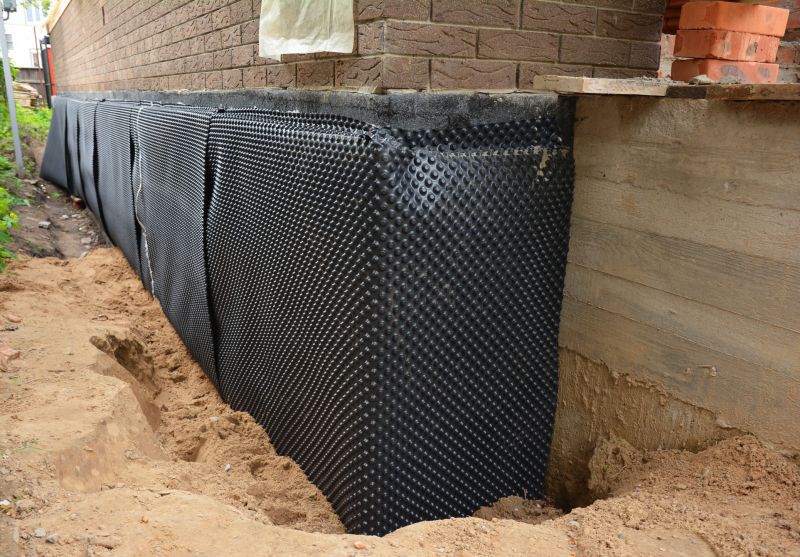
Ways to make Waterproofings work in tight or awkward layouts.
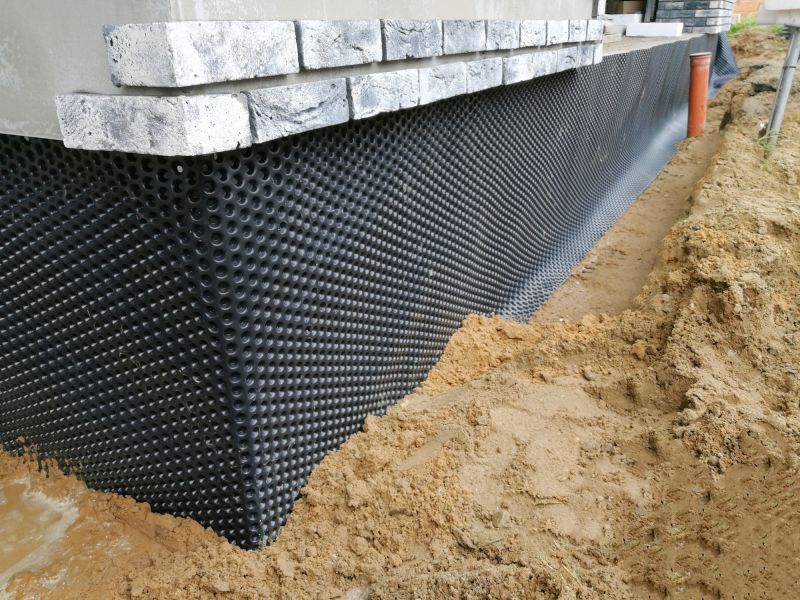
Popular materials for Waterproofings and why they hold up over time.
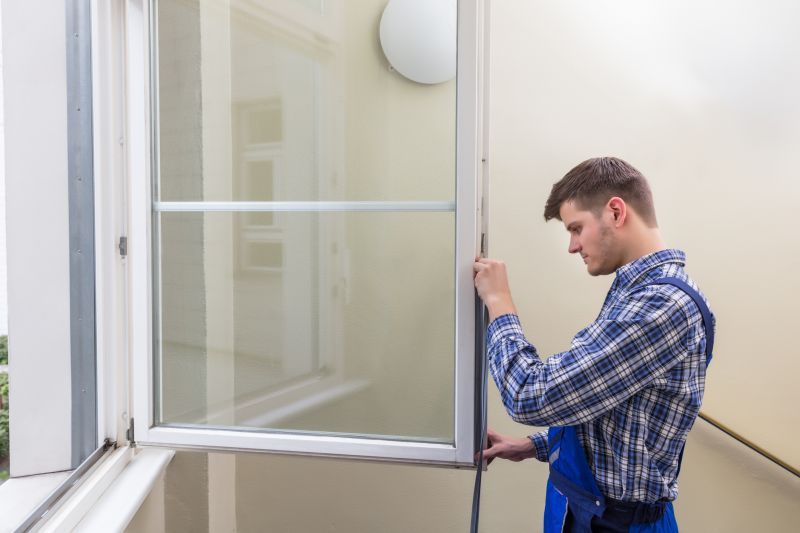
Simple add-ons that improve Waterproofings without blowing the budget.
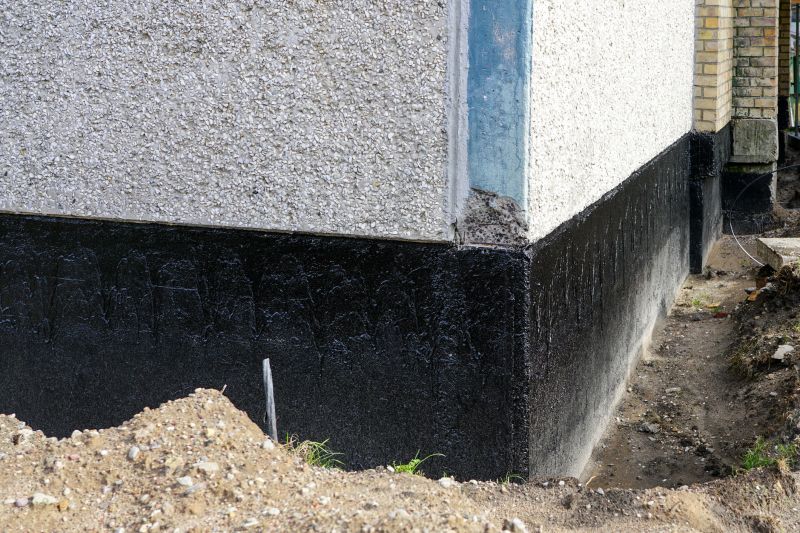
High-end options that actually feel worth it for Waterproofings.
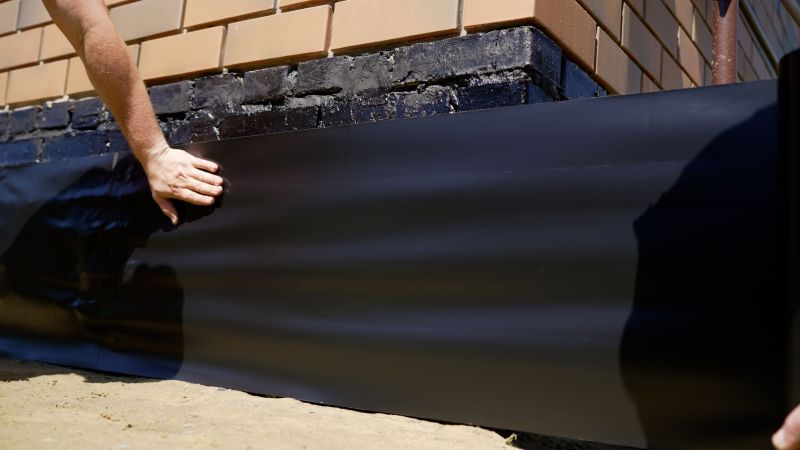
Finishes and colors that play nicely with Waterproofings.
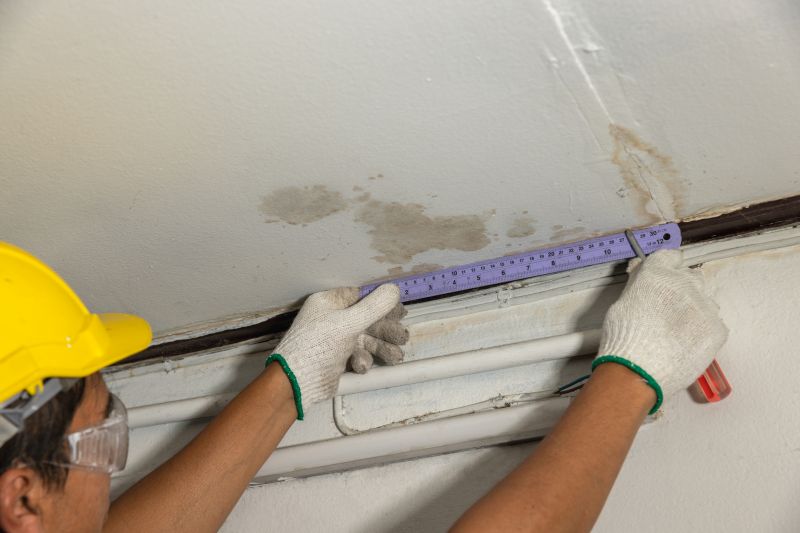
Little measurements that prevent headaches on Waterproofings day.
Waterproofings involve applying specialized materials to building surfaces to prevent water penetration. These solutions are essential for foundations, roofs, basements, and other vulnerable areas. Proper timing enhances the durability of waterproofing systems, ensuring protection during periods of heavy rain, snow, or high humidity. Statistics show that correctly timed waterproofing can extend the lifespan of building components by up to 50 percent, reducing maintenance costs and structural risks.
Effective waterproofing depends on environmental conditions, material properties, and application methods. Choosing the right time for installation minimizes issues like poor adhesion, cracking, or incomplete curing. For example, applying waterproofing in high humidity or freezing temperatures can lead to failures, making seasonal considerations crucial for success.
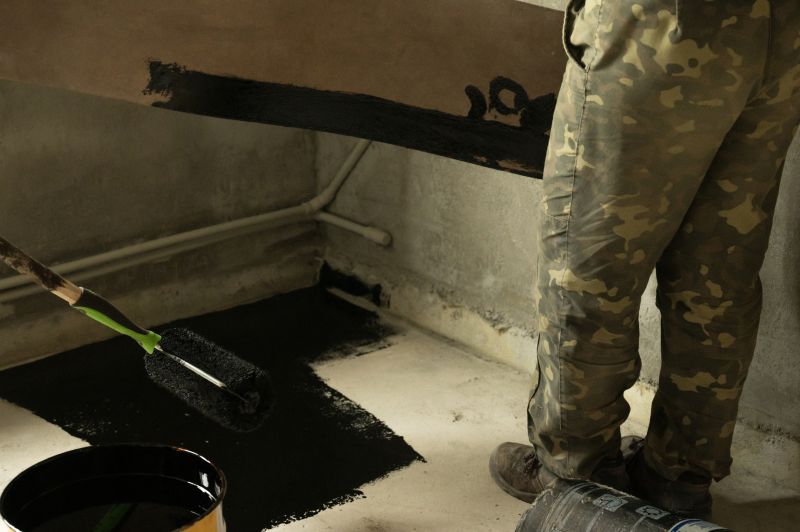
A 60-second routine that keeps Waterproofings looking new.
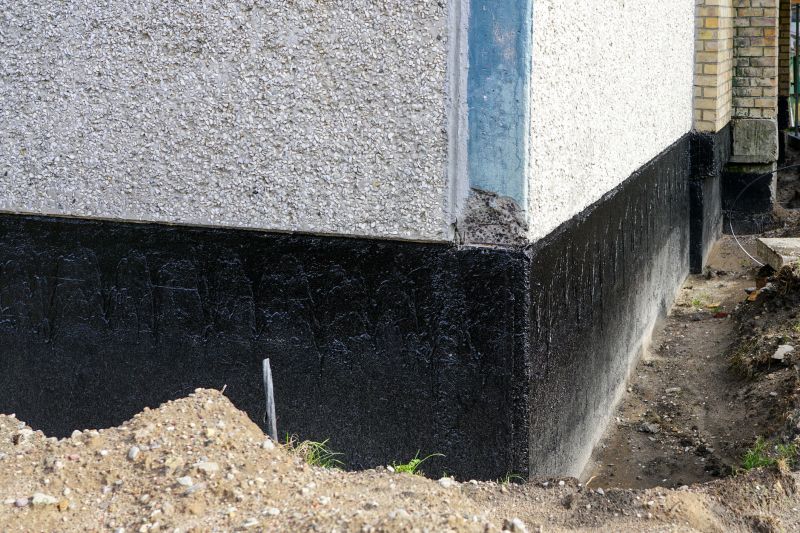
A frequent mistake in Waterproofings and how to dodge it.
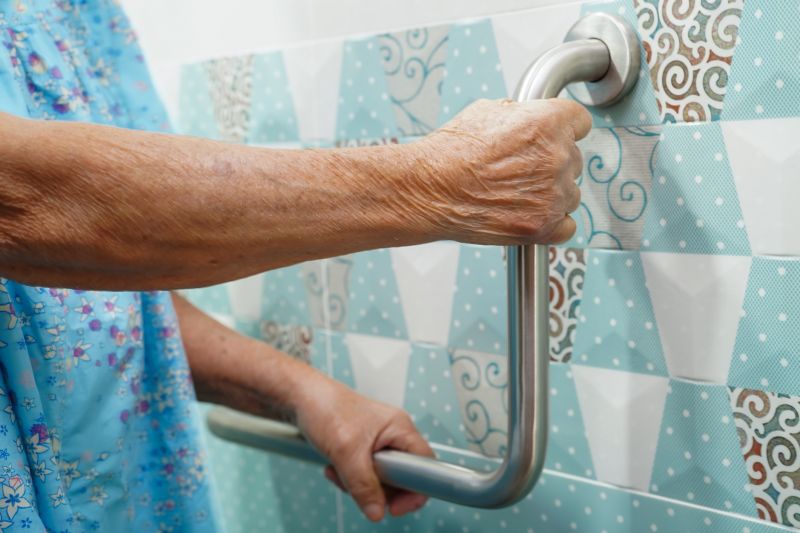
Small tweaks to make Waterproofings safer and easier to use.
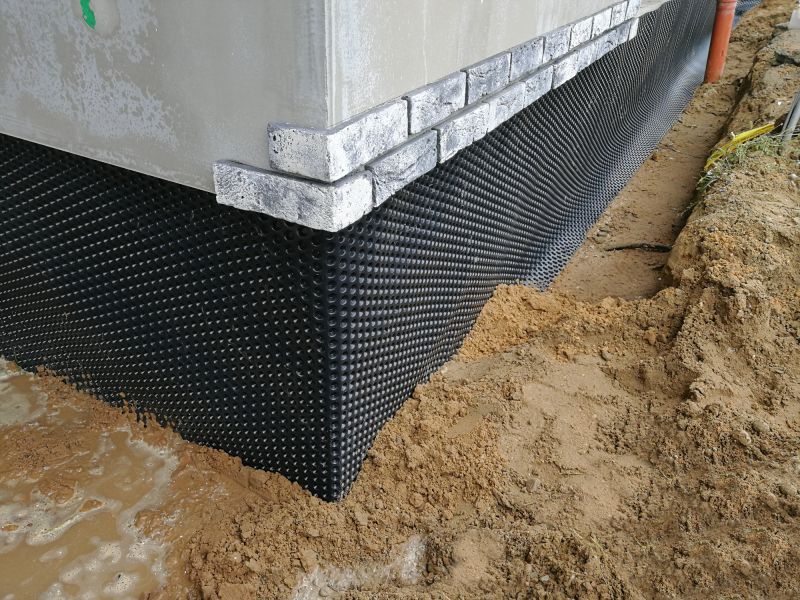
Lower-waste or water-saving choices for Waterproofings.
| Season | Recommended Conditions |
|---|---|
| Spring | Moderate temperatures, low humidity, before heavy rains |
| Summer | Warm and dry conditions, ideal for curing |
| Fall | Temperatures above freezing, before winter |
| Winter | Not recommended due to freezing and high moisture |
Choosing the optimal time for waterproofing enhances its effectiveness and durability. Proper planning around seasonal weather patterns ensures materials adhere correctly and cure fully, providing long-term protection against water intrusion.

